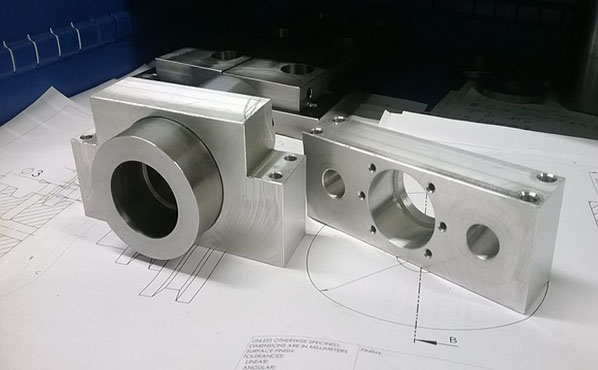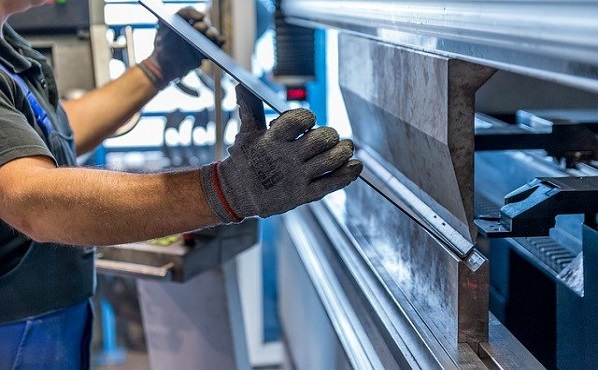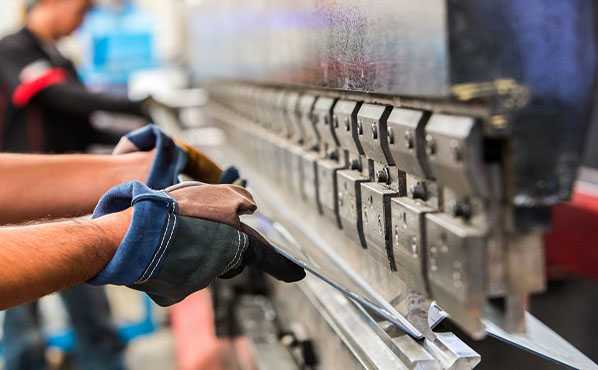Sheet metal processing is used in more and more industries. Today we share our experience in sheet metal bending. Bending is the use of a pressure process in which pressure is applied to forcibly deform a material into a shape with an angle and curvature.

1. The height of the bend
The bending height of the metal plate should be at least 2 times the thickness of the metal plate and 2 times the bending radius. If the height of the metal plate is too low, the metal plate is easily deformed and twisted during bending, and it is not easy to achieve the desired shape and size.
2. Bending radius
The bending radius of sheet metal is not as large as possible. The larger the radius, the greater the bending rebound, and the less easy it is to control the bending angle and bending height. Therefore, the bending radius of sheet metal needs to take a reasonable value. The trend of sheet metal work is that the bending radius is zero, so that the radius is not easily offset after bending, and the bending height and bending angle are relatively easy to control. However, bending with zero bending radius may easily cause cracks or even fractures on the outside of the plate, and the bending force of the plate is relatively small, especially for hard plate materials, after a period of production, the right angle on the mold will gradually change. circle, the bend size will become difficult to control. In order to reduce the bending force and ensure the bending size, another method used in metal sheet processing is to pre-press the pressure line before bending. The pressing line process is a stamping process that forces part of the extrusion material to form a concave on the metal sheet. Slots to facilitate bending and ensure bending accuracy.

3. Bending direction
The bending of the sheet metal should be as perpendicular to the fiber direction of the metal material as possible. If the metal plate is bent parallel to the fiber direction of the metal material, cracks are likely to occur in the bending of the metal plate, the strength is low, and it is easy to break.
4. Avoid the failure of bending due to the inability to press the material at the root of the bending
When bending sheet metal, it is often the case that other features are too close to the bottom of the sheet metal bend, causing the bend to not be pushed or the bend to deform significantly. In general, you must ensure that there are no other features above the bottom of the bend that are at least twice the thickness of the sheet metal plus the bend radius, which will prevent the sheet metal from being pushed away during the bend.
5.Guarantee the bending clearance and avoid bending interference
Due to the existence of the bending tolerance of the metal plate, it is necessary to ensure that there is a certain gap in the direction of the bending movement of the metal plate to avoid the failure of the bending due to interference during the bending process.
6.Guaranteed bending strength When using sheet metal bending, the bending strength must be low for long and narrow bends, while the bending strength must be high for short and wide bends, so sheet metal bending should be connected as far as possible. Possibly long side.
7. Reduce the bending process
The more sheet metal bending steps, the higher the mold cost and the lower the bending accuracy, so sheet metal processing needs to minimize the number of bending steps.
8. Avoid complex bending The more complex the sheet metal bending steps are, the higher the mold cost, the lower the bending accuracy, the more complex the bending process, and the more material may be wasted. If the sheet metal bending process is complicated, please consider dividing the bending process into two parts and assemble them by means of pull studs, self-riveting or spot welding.

9. Holes on multiple bends are difficult to align
Sheet metal bending tolerances are relatively large, especially in multiple bends, and the accumulation of tolerances makes holes and holes difficult to align. The greater the number of sheet metal bending, the greater the bending tolerance, and the more difficult it is to ensure the dimensional accuracy of multiple sheet metal bending. reason.
The above is our experience in sheet metal bending. Do you want to know more about sheet metal processing? Bolden will continue to give you more knowledge about sheet metal processing.



